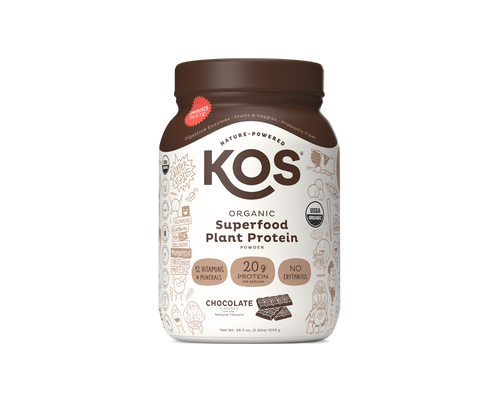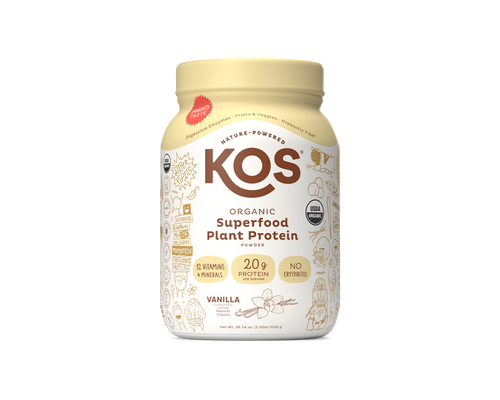Table of Contents
![]()
Military history is an unbelievably complex stew of tactical, technological, mechanical, and logistical evolution. It could be said that the military field ration is a sort of individualized summation of the various ways the U.S. armed services have worked to make the experience of the soldier in the field not just survivable, but tolerably human.

The U.S. military is a necessarily dynamic institution that constantly amends itself to accommodate both the changing nature of conflict and the evolving social milieu.
Field rations have thus morphed and specialized throughout the history of warfare, the field edibles tailored to the job at hand—from paratrooper to jungle fighter to Special Forces—while reflecting the culture it is protecting.
The army’s standard rations were long the A, B, C, and K ration, plus the “D" emergency ration. Today, battlefield nutrition is being reevaluated.
ABCs of Field Rations
For hundreds of years, army planners have looked at soldiery from every conceivable angle, and according to every human need in those extraordinary settings.
 When Napoleon invaded Russia in 1812, the French effectively invented “canning”, innovating a way to preserve food in sealed, repurposed wine bottles (a particularly French solution) for those long haul soldiers, boiling the chow before packing to make it less likely to spoil.
When Napoleon invaded Russia in 1812, the French effectively invented “canning”, innovating a way to preserve food in sealed, repurposed wine bottles (a particularly French solution) for those long haul soldiers, boiling the chow before packing to make it less likely to spoil.
Over the history of modern warfare, attempts to adapt the field ration to changing military realities led to such products as WWI's Trench Ration (sealed against chemical attack), the Mountain Ration (4800 calories per meal), and the Air Crew Lunch for long bombing sorties; basically a small box of energized candies and gum that could be opened and dispensed with one heavily-gloved hand.
Standard rations fell into the following categories.

A Rations — meals prepared and often served in makeshift dining halls and field kitchens, served to troops stationed in one place in or near the theater of battle
B Rations — canned and packaged foods prepared in field kitchens but made to be packed and eaten on the move.
C Rations — pre-cooked, canned, ready to eat in the field.
K Rations — specifically designed for short duration assaults; used mainly by paratroopers and specialized light infantry. Lighter in weight but also less calorically loaded.
D Rations — bars of concentrated chocolate intended as an emergency ration.
Field rations have been continually upgraded and adapted by military planners, some ration-types being phased out as others appear and are field-tested. Any nation's changing social mores will be reflected to some degree in its military culture. And in our increasingly enlightened 21st century, the meat-based diet may be seeing early skirmishes of its own.
Vegetarian and Vegan Rations
A striking indication of the changing dietary mainstream in the U.S. occurred on July 14, 2022 -- when the U.S. House of Representatives passed the 2023 National Defense Authorization Act. One of the act’s requirements is that the Defense Logistics Agency produce a report on plant-based MREs—the Armed Services’ contemporary term for a field ration (Meal, Ready to Eat).

At present, the U.S. military offers four vegetarian options for soldiers in the field, and 34 meat-based MREs. There is presently no provision for fully vegan rations in the Military Services -- meals that use no animal products at all.
The language of the Act asks the Director of the Defense Logistics Agency to “…conduct a study determining demand amongst service members for ready-to-eat plant-based meals not later than September 30, 2023…”
Active Duty Attitudes about Modernizing Field Rations
The military has its own specialized and self-sustaining culture—but of course to one or another degree has always been a socially homogeneous mirror of the civilian milieu that surrounds it. Still, the degree to which active duty service members expressed their dietary preferences in a recent poll is a little surprising.

Photo Credit: U.S. Army
An animal rights org called Mercy for Animals (MFA) conducted a poll of 226 active duty service members in January of 2022, using the survey platform Qualtrics.
They found that of those polled, 58.4 percent self-identified as omnivores; 23.5 percent self-identified as omnivores trying to cut back on their personal consumption of one or more animal products; 5.3 percent identified as flexitarian; 7.5 percent as vegetarian; 3.5 percent as vegan; and 1.8 percent as pescatarian. 63 percent of those polled across all self-reported categories said they would choose a vegan MRE if it was available.
Active Duty Attitudes about Personal Energy and Climate Impact
The polled service members were also asked to weigh in on what they thought of plant-based nutrition itself. More than half of those surveyed said they believed plant-based foods are healthier than animal-based foods, and that plant-based foods provide more energy than their animal-derived counterparts.

This from a group whose individual stores of physical energy in survival-testing environments can mean the difference between life and death.
When the survey turned to the ecological impacts of meat-based food production and personal diet, 81 percent of the polled military members said they would like more climate-friendly MRE options.
63 percent of the polled active duty members said they believed plant-based dietary options to be more sustainable than animal-based. When the military begins mulling a vegan option for its troops in battle, it's safe to say a dietary sea-change is afoot -- whether or not the civilian population truly realizes it.
New Day
The selfless members of our Military Services have always rightly counted on being as expertly equipped as possible, given what we as a country ask of them. The cohort of highly-trained soldiery in this country know better than anyone how to optimize advantage in whatever situation they’re handed, and these "optimizations" at the individual level are about surviving and prevailing.

The civil “pros and cons” conversation about a plant-based nutritional lifestyle vs the meat-centric dietary culture — this discussion has never been the sort of thing that sets the news cycle on fire or has people fighting in the streets. “Steaks or Brussel’s Sprouts? Tune in at 11!”
The responses of these polled active duty members does indicate, though, that seemingly innocuous “dietary” perspectives go right to issues of individual agency, liberty, and performance of duty in some of the most trying situations imaginable.
These poll results also show to what extent “dietary global impact” — which many people in the U.S. still think of as New Age, tie-dyed posturing—has entered the national consciousness right where it is distilled to its essence; in our military.
Here’s hoping the 2023 National Defense Authorization Act results in our service members receiving exactly what they need to get the job done — whatever that may be. That's all they've ever asked.

photo courtesy Allan Voluck






